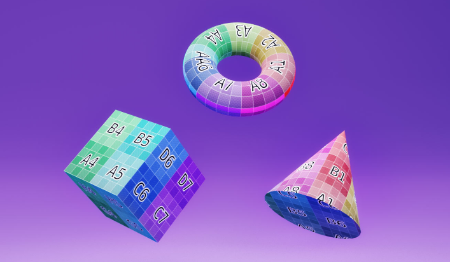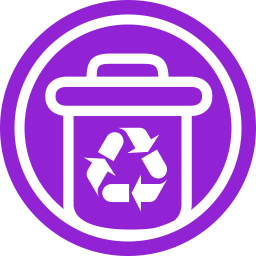Most Commented
UV Mapping for Games





Description material

UV Mapping for Games
Video: .mp4 (1920x1080, 30 fps(r)) | Audio: aac, 48000 Hz, 2ch | Size: 980 MB
Genre: eLearning Video | Duration: 1 hour | Language: English
In UV Mapping for Games we'll tackle, in great depth, one of the most common pain-points that all 3D artists have: UV Mapping. No matter which area of game development you are in, if you interact with 3D models you will need to know about UV mapping – even if only at a fundamental level.
Optimization
UV maps are everywhere and allow us to store and provide our models with a wide array of important data. Through this series, we will learn how to unlock that potential and build efficient, optimized UV maps for any game asset we wish to create!
Texel Density
In order to provide our models with high-quality textures, we need to ensure their UV maps are as best as they can be. One tool that all professional artists and teams use is the concept of "texel density", and how it can bring consistency to a project.
UV Workflow
In UV Mapping for Games, we will explore several topics hands-on to quickly get comfortable with applying the theory we've learned. While all models operate on the same underlying UV theory, we will discover that some models will require different approaches than others and that some models may work in very similar ways as well.
Your Instructor
Charlie "Chunck" Trafagander is a Freelance Game Artist, Indie Dev, Tutorial-Maker, and in general a curious mind. Having worked for a few Indie developers, he has been able to touch most roles in game development. He also likes to break down topics in various formats on his YouTube channel "Get Learnt".
Skill Level
UV Mapping for Games is for complete beginners to UV mapping and for artists who know how to operate their 3D software of choice.
Software Used
While Blender is used to present the concepts of UV Mapping, this tutorial series is entirely software agnostic. You can follow along using Maya, 3ds Max, Blender, Cinema 4D, MODO, Rizom, or any other 3d software which supports UV mapping.
More info - https://flippednormals.com/downloads/uv-mapping-for-games/


Join to our telegram Group
Information
Users of Guests are not allowed to comment this publication.
Users of Guests are not allowed to comment this publication.
Choose Site Language
Recommended news
Commented


![eM Client Pro 9.2.1735 Multilingual [Updated]](https://pikky.net/medium/wXgc.png)






![Movavi Video Editor 24.0.2.0 Multilingual [ Updated]](https://pikky.net/medium/qhrc.png)

